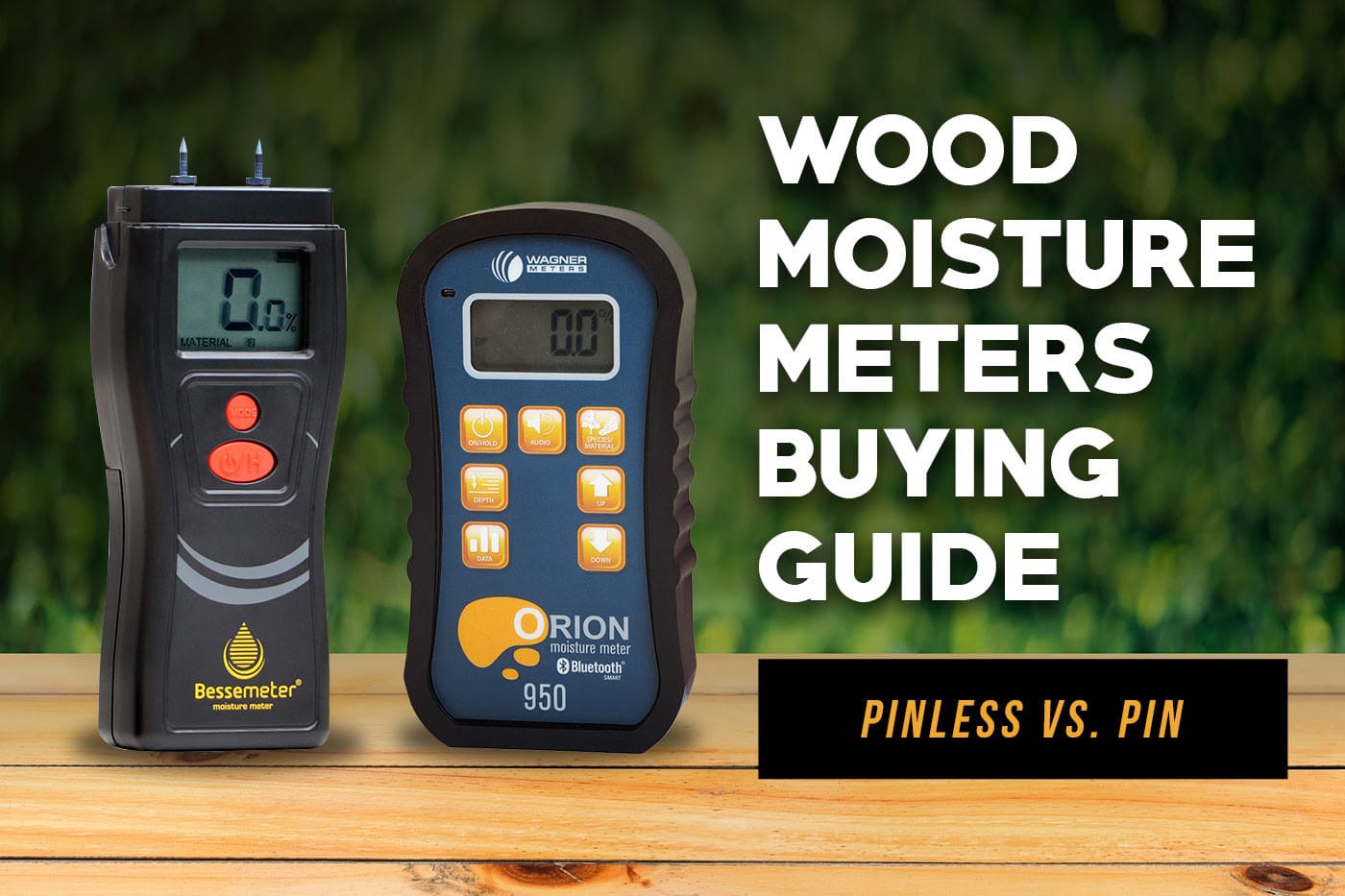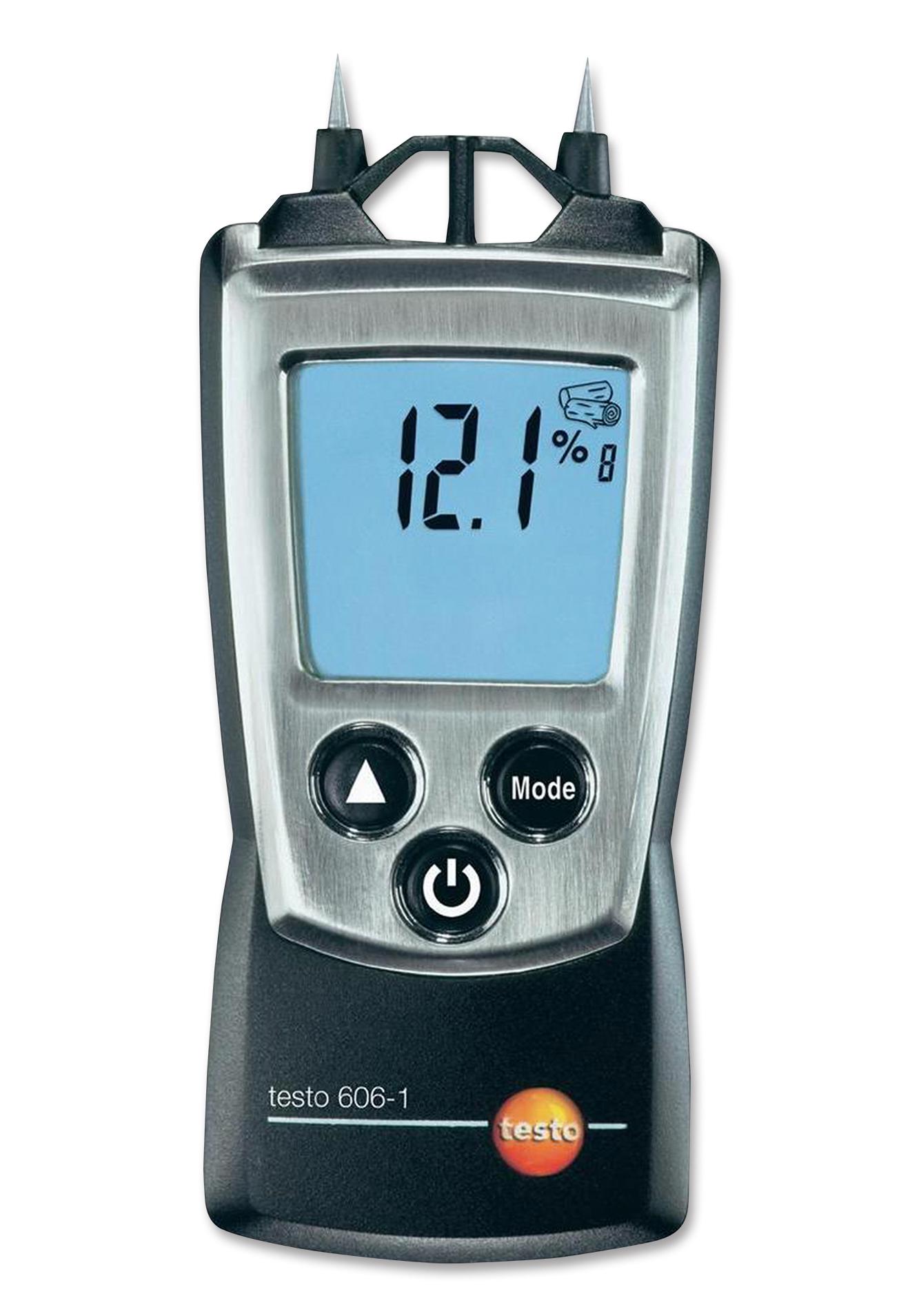Leading 10 Benefits of Using a Moisture Meter for Exact Measurements in Your Home
Leading 10 Benefits of Using a Moisture Meter for Exact Measurements in Your Home
Blog Article
Explore the World of Moisture Meters: Whatever You Need to Know
In the world of wetness meters exists a globe of precision and functionality that frequently goes unnoticed. Understanding just how moisture meters operate, the different kinds readily available, and their varied uses can shed light on their value in making sure quality and efficiency.
Just How Dampness Meters Job
Dampness meters run by determining the electric conductivity or capacitance of materials to identify the dampness content present - Moisture Meter. These meters are indispensable devices across various markets, consisting of farming, construction, and woodworking. By using various methods such as pin-type or pinless innovation, dampness meters supply exact analyses that help professionals make educated choices
Pin-type dampness meters function by inserting the sharp pins right into the material being evaluated. On the various other hand, pinless moisture meters use electromagnetic signals to scan a larger location without creating any type of damage to the material's surface area.
No matter the approach made use of, wetness meters play an important duty in preventing issues such as mold development, architectural damage, or item defects caused by excess moisture. Recognizing how these meters job is necessary for ensuring the quality and integrity of materials in numerous applications.
Types of Moisture Meters
Given the critical role dampness meters play in different markets, it is vital to comprehend the various types offered to professionals for properly assessing wetness levels. There are mostly 2 major kinds of wetness meters: pinless and pin-type moisture meters.
Pin-type wetness meters utilize two pins that are inserted into the material being evaluated to gauge the electric resistance in between them. This approach is frequently made use of for wood, drywall, and various other building products. Pin-type meters provide precise readings at details depths, making them optimal for identifying dampness slopes.
On the various other hand, pinless dampness meters use electro-magnetic sensing unit plates to scan a bigger location of the product without triggering any kind of damage. This kind is appropriate for quickly scanning huge locations and is commonly utilized for flooring, wall surfaces, and ceilings. Pinless meters are hassle-free for taking analyses on finished surfaces without leaving any kind of noticeable marks.
Both sorts of dampness meters have their advantages and are chosen based on the details demands of the task at hand. Comprehending the distinctions in between these kinds is crucial for experts to make exact wetness evaluations.
Applications Across Industries
With diverse functionalities, moisture meters locate widespread application across different sectors, aiding experts in making sure optimal conditions for frameworks and materials. In the agriculture market, dampness meters are very useful for establishing the dampness content in grains, seeds, and hay, making sure quality assurance and stopping mold and mildew growth. Construction professionals count on wetness meters to examine the moisture levels in structure materials like wood, drywall, and concrete, which is crucial for preserving structural honesty and preventing issues like rot or mold. The floor covering industry utilizes moisture meters to gauge the dampness web content in subfloors before setting up different flooring coverings, stopping expensive problems due to excess moisture. In the food industry, wetness meters are utilized to monitor and regulate moisture levels in products such as grains, nuts, and dried out fruits to maintain quality and quality. Furthermore, dampness meters play an important duty in the repair and damage evaluation industry by assisting experts determine and address water damage in buildings without delay. Across these varied industries, moisture meters are crucial devices recommended you read for ensuring the quality, security, and durability of various materials and items.
Tips for Using Dampness Meters
Make use of the moisture meter's calibration setups to make sure exact analyses when determining the dampness content in various products. Furthermore, make sure the meter is set to the correct wetness variety for the product you are determining to obtain the most precise outcomes.

When making use of a pin-type moisture meter, put the pins to the suitable deepness advised for the product being examined. This ensures that the dampness analyses are extracted from the proper deepness within the material, offering an extra accurate depiction of its wetness web content. For pinless moisture meters, keep in mind to preserve correct call with the material's surface area to get reliable analyses.

Frequently check and replace the batteries in your dampness meter to stop inaccurate readings due to low power. Store the meter in a dry and risk-free place when not in use to prolong its life-span and preserve its accuracy. By adhering to these suggestions, you can maximize the performance of your wetness meter and obtain accurate dampness content measurements across different products.

Maintenance and Calibration
To guarantee the precision of wetness content measurements, normal maintenance and calibration of the dampness meter are necessary steps in its proper performance. Calibration readjusts the dampness meter to make sure that it gives constant and trusted results.
Calibration needs to be carried out occasionally, especially if the dampness meter is used frequently or in important applications where accurate measurements are called for. By calibrating the moisture and keeping meter regularly, users can rely on the accuracy of the moisture web content measurements acquired.
Final Thought
In final thought, wetness meters play a vital duty in various industries by precisely measuring the wetness material of products. Comprehending just how these tools function, the different kinds available, and proper maintenance and calibration are necessary for acquiring trusted results. Whether in construction, farming, or production, the usage of dampness meters helps make certain top quality control and effectiveness in processes.
Building professionals rely on dampness meters to assess the dampness degrees in structure materials like wood, drywall, and concrete, which is critical for preserving architectural integrity and protecting against issues like rot or mold and mildew. The floor covering market utilizes dampness meters to determine the dampness web content in subfloors prior to mounting various flooring treatments, preventing pricey damages due to excess dampness.Use the dampness meter's calibration settings to ensure precise analyses when measuring the wetness content in numerous products. By complying with these suggestions, you can optimize the performance of your dampness meter and acquire exact moisture material dimensions throughout click this link various products.
In verdict, wetness meters published here play an important duty in numerous industries by precisely determining the dampness material of products.
Report this page